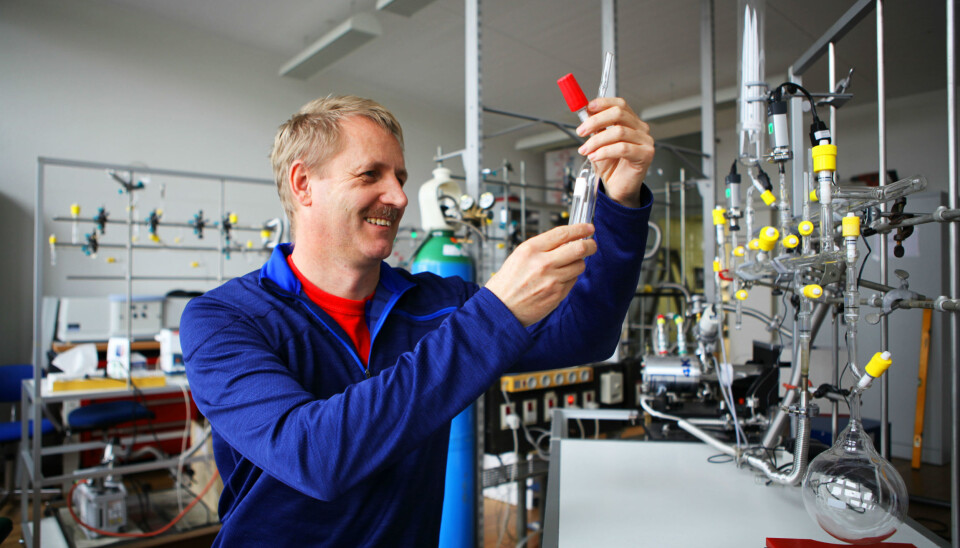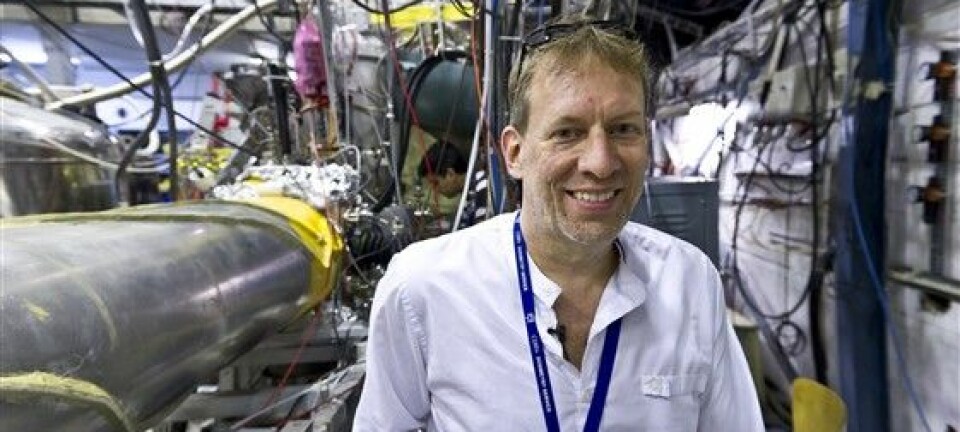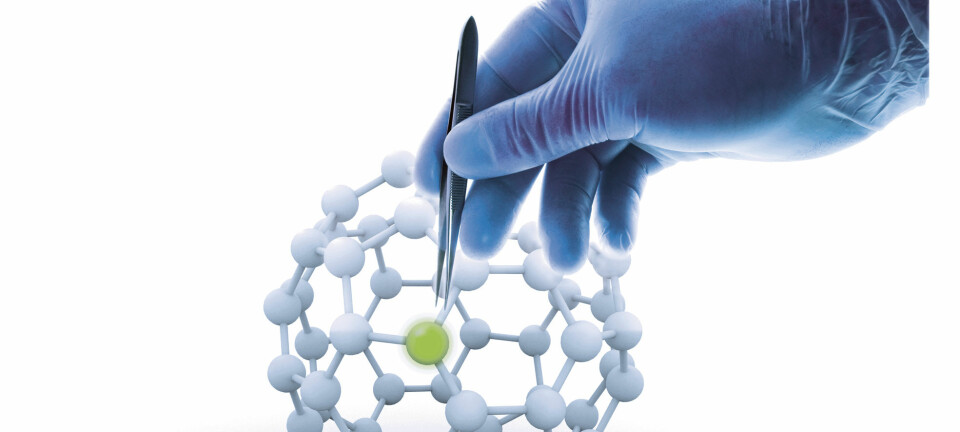
Scientists discover impossible hydrogen bond
This type of bonding was previously considered near impossible.
Scientists have discovered a new type of hydrogen bond which was previously considered impossible or at least highly improbable.
"The discovery is significant because hydrogen bonds are such a fundamental part of both chemistry and biology," says Professor Henrik Kjærgaard from the Department of Chemistry at the University of Copenhagen. "They form the basis of biological molecules and it’s for instance hydrogen bonds that determine the boiling point of water."
He led the new study, which has been published in the Journal of Physical Chemistry Letters.
At Aarhus University, chemistry professor Jeppe Olsen is surprised by the results of the new study, which show that the implausible type of hydrogen bond can occur between a phosphorus atom and a hydrogen atom -- something no one thought was possible.
"As a chemist it comes as a surprise to me. We don't yet know how significant it is, but hydrogen bonds constitute a fundamental part of lots of chemistry," says Olsen, who was not involved in the new study.
Positive attracted to negative
Molecules can be positively or negatively charged -- this can be compared to a magnet, which has a North and a South pole.
If you have ever played with magnets you are bound to have notice that the two north poles repel each other, while two opposite poles attract each other.
Like magnets, two molecules will prefer to bond in such a way that a positive charge sits next to a negative charge.
"To chemists, it is fundamental knowledge that positive is attracted by negative, and minus is attracted by positive when hydrogen bonds are involved," says Kjærgaard.
Can positive really be attracted by positive?
What is special about the new discovery is that in this case the hydrogen bond does not follow the fundamental rule – instead a bond occurs between a positively charged phosphorus atom and a positively charged hydrogen atom.
"You would think that they wouldn't want to bond to each other when the phosphorus atom and the hydrogen atom are both positively charged. But we’ve been able to show that a hydrogen bond occurs between them and we can measure that the bond is just as strong as so many other hydrogen bonds we know," says Kjærgaard.
Olsen points out that not only have Kjærgaard and his colleagues found the new hydrogen bond in experiments -- they have also provided "an excellent explanation" of the discovery.
The theory behind the discovery is that the atoms' charge is not uniformly distributed around their surface -- which is how simplified models say they do.
“Our discovery emphasises that the charge around the surface of an atom is not uniform. If there was a positive charge all the way around the phosphorous atom this hydrogen bond wouldn't be possible. But it is. This must mean that the charge is not uniformly distributed around the atom -- you might say that there are tiny pockets of negative charge around the phosphorus atom," says Kjærgaard.
The discovery of the special hydrogen bonds was made in experiments with infrared spectroscopy -- a method used by scientists to obtain knowledge about molecules and their vibrations by irradiating them with infrared light.
Useful for medicine research
According to Kjærgaard, the discovery is important to our understanding of how molecules behave and bond with each other -- in other words it is a new kind of hydrogen bonding which chemists can look for in the future.
Hydrogen bonds determine, among other things, how our genome – through DNA strings DNA strings -- gets it distinctive twisted shape, and the bonds also help determine how the body's vital proteins fold together.
"If, for instance, we want to make models of how proteins fold, it's important to know which hydrogen bonds are at play -- otherwise we can't obtain correct computer models. You use this kind of computer model if you want to test how the body reacts to new kinds of medicine," Kjærgaard explains.
Olsen also believes that the new discovery may be significant when it comes to our understanding of how phosphorous behaves in our atmosphere and various networks in nature.
"This may well be a new piece in our understanding of the atmosphere," he says.
-------------------
Read the original story in Danish on Videnskab.dk
Translated by: Hugh Matthews










